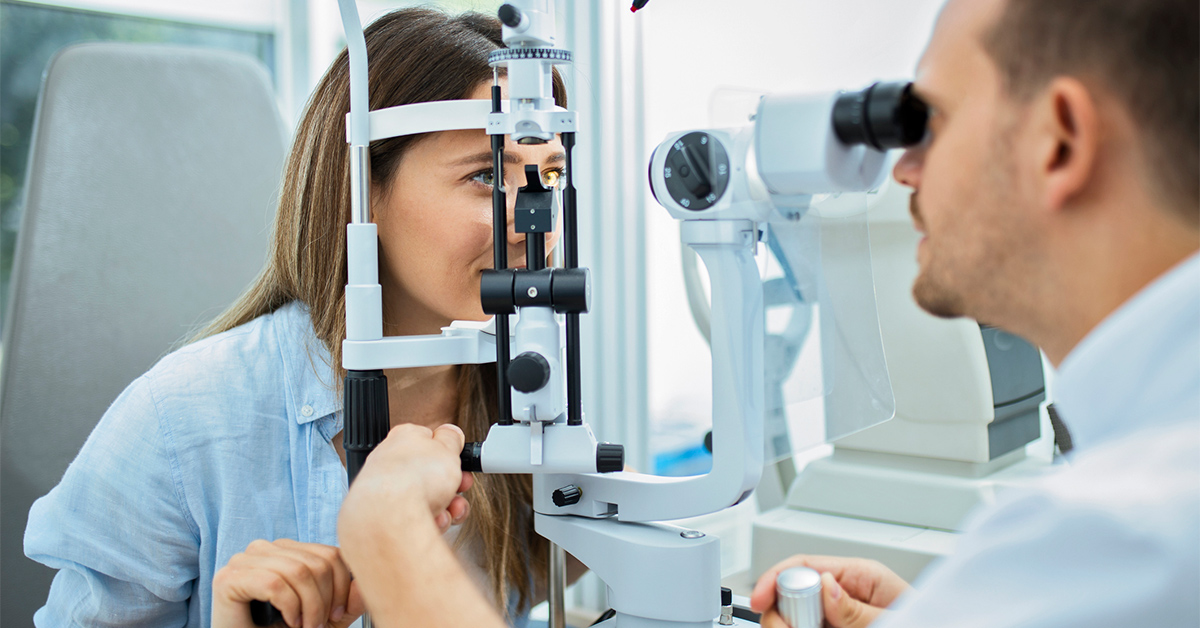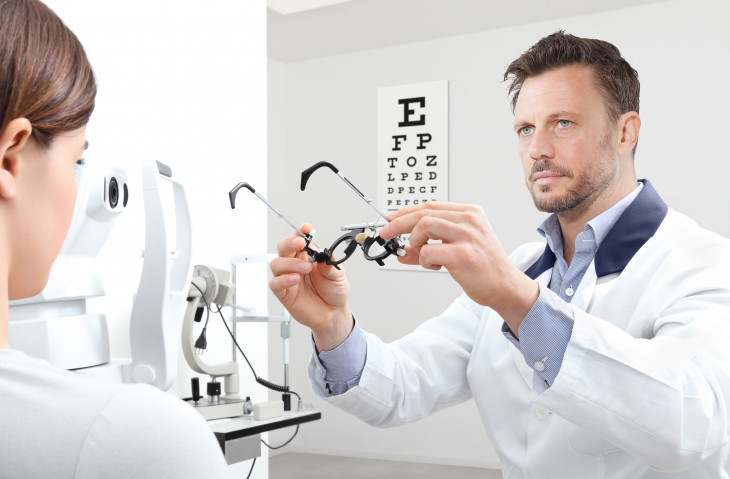Experience Personalized Treatment with Opticore Optometry in Chino
Experience Personalized Treatment with Opticore Optometry in Chino
Blog Article
Discovering the most up to date Technological Advancements in Optometry and What They Mean for Optometrists
In the ever-evolving field of optometry, current technological developments are improving exactly how professionals approach eye treatment. From the precision of Optical Comprehensibility Tomography to the nuanced insights provided by AI-driven analysis tools, these developments are setting new standards in individual evaluation and therapy. Teleoptometry is poised to redefine access, guaranteeing that experience transcends geographical constraints. As these advancements penetrate the technique, optometrists are confronted with the challenge of accepting these tools to enhance person end results. The inquiry remains: exactly how will these technical shifts redefine the functions and duties within the occupation?
Advancements in Diagnostic Devices
Progressing the field of optometry, developments in analysis devices have actually reinvented the method eye treatment experts analyze and detect ocular conditions and visual disabilities. The past decade has seen substantial technological advancements, making it possible for even more accurate and thorough evaluations. Optical Comprehensibility Tomography (OCT), as an example, provides high-resolution cross-sectional pictures of the retina, enabling the early detection of conditions such as glaucoma and age-related macular deterioration. This non-invasive imaging strategy has come to be important in contemporary optometric technique.
An additional secret technology is the introduction of innovative corneal topography systems, which map the surface area curvature of the cornea with precision. These devices are especially beneficial for suitable contact lenses and identifying corneal disorders. Furthermore, electronic retinal imaging has actually transformed standard ophthalmoscopy, offering thorough, panoramic views of the retina that assist in detailed visual exams.
The development of wavefront aberrometry has likewise been vital, enabling the evaluation of refractive mistakes with unmatched accuracy (Eye Doctor). This modern technology assists in customizing corrective lenses and improving surgical results for refractive surgical procedures. Jointly, these analysis advancements empower optometrists to supply exceptional person treatment, making certain early intervention and tailored treatment strategies, eventually enhancing aesthetic wellness end results
AI in Person Monitoring
Building on the foundation of advanced analysis tools, the incorporation of artificial knowledge (AI) in client monitoring represents a transformative leap for optometry. AI systems are increasingly used to boost efficiency, accuracy, and personalization in patient treatment.
In addition, AI-driven systems facilitate structured person communications and administrative procedures. Automated organizing, virtual examinations, and personalized follow-up strategies not just boost person contentment but also maximize time management for practitioners. These systems can triage individuals based upon the seriousness of their problems, ensuring that those in essential demand obtain prompt interest.
Additionally, AI enhances decision-making by giving optometrists with evidence-based suggestions and treatment pathways. By incorporating data from digital health documents, AI tools provide understandings that educate professional decisions, minimizing the danger of errors and improving person results. As AI proceeds to evolve, its role in client monitoring will likely expand, reshaping the landscape of optometric care.
Developments in Retinal Imaging
In the realm of optometry, retinal imaging has witnessed remarkable technical advancements that are enhancing analysis abilities and client care. Innovations such as Optical Coherence Tomography (OCT) and fundus photography have actually reinvented exactly how optometrists examine the retina and imagine.
Boosted imaging techniques like OCT angiography are further refining diagnostic accuracy. This non-invasive method maps blood flow in the retina, supplying essential insights into vascular health without the demand for dye shots. Additionally, flexible optics innovation is visit this site being incorporated into retinal imaging systems to remedy ocular aberrations, supplying unprecedented photo quality. Such innovations help with the recognition of minute retinal modifications that might signify illness development.
Moreover, developments in expert system are boosting retinal imaging by enabling automatic evaluation of huge datasets. These systems aid optometrists in determining patterns a measure of pathology, therefore boosting diagnostic accuracy and efficiency. Collectively, these innovations are changing retinal imaging right into a keystone of modern-day eye care, boosting end results and increasing therapeutic opportunities.
Teleoptometry's Growing Role
Teleoptometry is increasingly coming to be an essential element of eye treatment, driven by advancements in electronic interaction and diagnostic devices. This is specifically valuable in country and underserved locations where accessibility to specialized eye treatment is usually minimal.
The combination of expert system (AI) more enhances teleoptometry, making it possible for the evaluation of visual information and aiding in the discovery of eye conditions such as glaucoma and diabetic person retinopathy. AI-powered algorithms can rapidly analyze intricate imaging information, giving eye doctors with important understandings that reinforce clinical decision-making.
Moreover, teleoptometry sustains connection of care through smooth integration with digital health documents (EHRs), enabling eye doctors to preserve thorough person backgrounds. This guarantees that people receive regular and tailored care even when talking to different specialists.
Regardless of these advantages, obstacles remain, including making sure data safety and taking care of patient expectations. However, teleoptometry represents a significant stride towards more available, reliable, and patient-centered eye treatment. As technology develops, its function is poised to broaden better.

Future Patterns in Eye Care
A myriad of innovative fads is established to improve the future of eye treatment, driven by technological developments and the progressing demands of people. One substantial fad is the assimilation of expert system (AI) in diagnostics, which guarantees to improve the precision and efficiency of eye evaluations. AI algorithms can assess substantial quantities of information from retinal images, possibly identifying why not try here problems like diabetic person retinopathy and glaucoma earlier than typical approaches.
Additionally, personalized medicine is acquiring grip in optometry, with hereditary screening educating personalized treatment strategies. This technique intends to maximize individual outcomes by tailoring interventions to specific genetic accounts. Wearable innovation, such as wise contact lenses, is additionally coming up, offering real-time surveillance of intraocular stress or sugar levels, hence supplying constant understandings into eye and systemic health.
The fostering of augmented truth (AR) and virtual fact (VR) in training and person education is an additional emerging fad. These innovations supply immersive experiences that can improve understanding and skills both for optometrists and clients. As these fads progress, optometrists need to remain abreast of technological advancements to supply cutting-edge care, making certain enhanced person outcomes and contentment in the dynamic landscape of eye treatment.
Conclusion

Collectively, these diagnostic innovations equip optometrists to provide superior patient treatment, guaranteeing early treatment and customized treatment methods, ultimately enhancing aesthetic health end results.

As these modern technologies continue to evolve, eye doctors must adapt and integrate them into method, ultimately enhancing operations efficiency and elevating the requirement of eye treatment delivered to clients.
Report this page